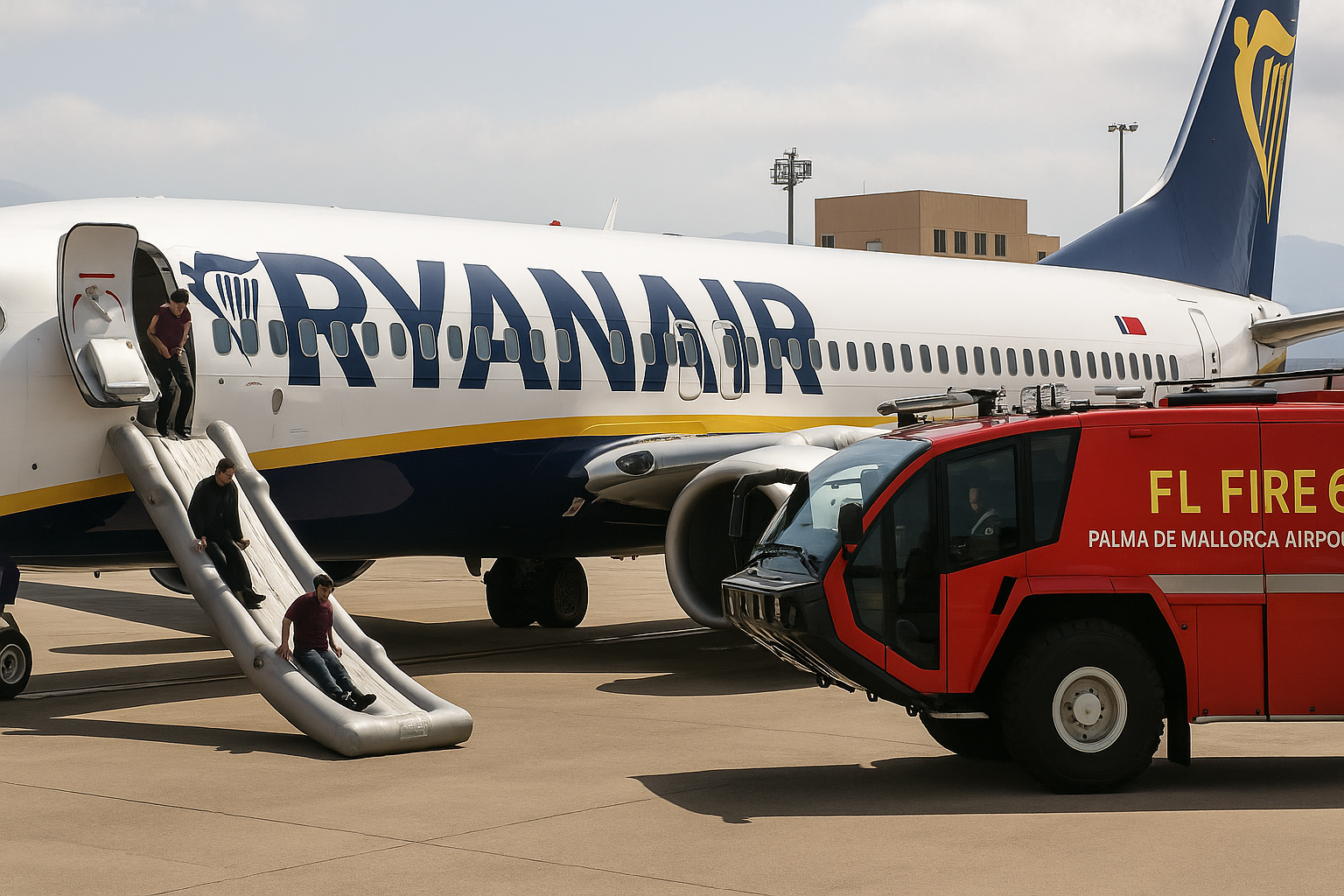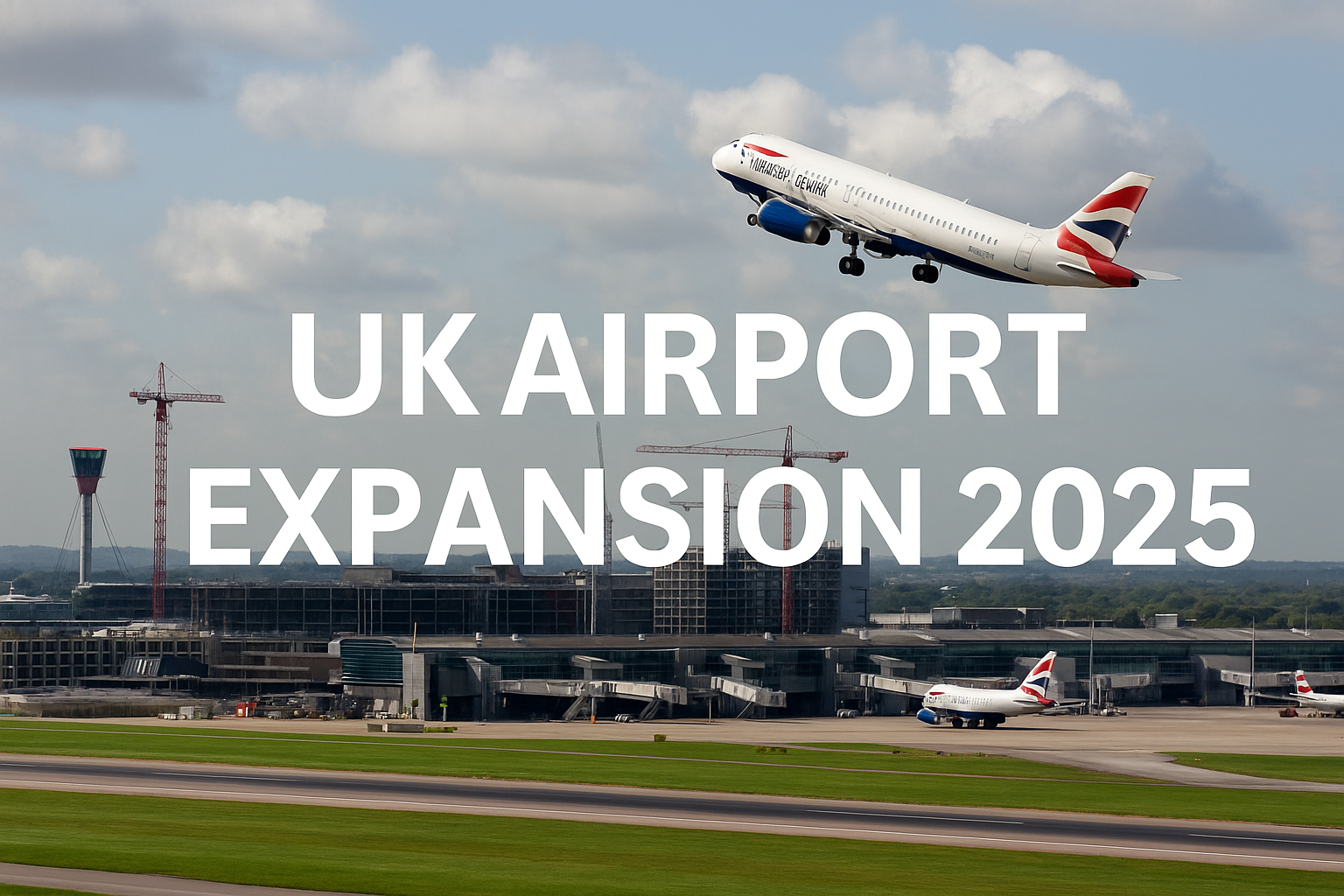Amazing facts about Lockheed C-5 Galaxy
The Lockheed C-5 Galaxy is a large-sized military transport aircraft that was originally designed and manufactured by Lockheed and now it is currently being maintained and upgraded by its successor company Lockheed Martin.
It is one of the largest military aircraft in service at the moment. It provides transportation for troops, cargo and vehicles on long distances over landmasses with all weather day/night operational abilities.
The C-5 Galaxy has a wide fuselage which allows passengers to board through side doors on either side of the main deck or on a ramp at the tail of the aircraft.
The C-5 Galaxy has a long high wingspan, this makes it to have powerful lift abilities at slow speeds and also allows for short takeoffs and landings. It also provides a large amount of heat from its engines which is used to help melt ice and snow on airports, this helps in moving aircraft faster and safer.
The original design concept of the Lockheed C-5 Galaxy is to be able to carry a full size spare parts for itself with its own assembly line in order for it to complete its maintenance without requiring any outside help when needed, so this makes it possible for the aircraft’s turnaround time when it is on the ground and also require much less manpower.
The Lockheed C 5 Galaxy has a crew of six members, this includes two pilots, one flight engineer and three loadmasters which are responsible for monitoring the aircraft’s weight and balance to make sure that it operates within its maximum takeoff weight capacity.
The cargo compartment
is 111 feet long by 18 feet wide by 13 feet high. It holds a variety of cargo more than 70,900 lbs. The C-5 Galaxy has been the largest operational aircraft in the world from 1969 to 2005 until it was surpassed by Boeing 747-8 Intercontinental which first flew on 30 April 2010 and went into service on 26 October 2011.
The Lockheed Aircraft Company developed a new concept in mid-size airlift during the late 1960s after its C-141 Starlifter had become mired with reliability issues and a growing need for aircraft with greater capacity. The proposed aircraft, initially called the “CX-4”, was a full-scale strategic transport design incorporating an aft loading ramp as well as an elevated airstair that could double as a cargo conveyor.
During the Vietnam War, American forces in Southeast Asia were facing severe airlift problems from C-130 Hercules operations from unprepared surfaces at airfields with heavy loads and adverse weather conditions. The United States Air Force (USAF) required a new transport aircraft to operate from short and unprepared airstrips, carrying more than twice the load of a C-130 and able to operate from the same runways.

United States Air Force Air mobility command
The aircraft currently served under the United States Air Force as an aircraft with heavy intercontinental-range strategic airlift ability. The aircraft is more than capable of lifting any oversized and outsized loads as well as for the air-certifiable cargo. The Lockheed C 5 Galaxy has many striking resemblances to its predecessor aircraft Lockheed C-141 Starlifter and the Boeing C-17 Globemaster III. The Lockheed C 5 Galaxy is amongst the short list of large-sized aircraft in the world.
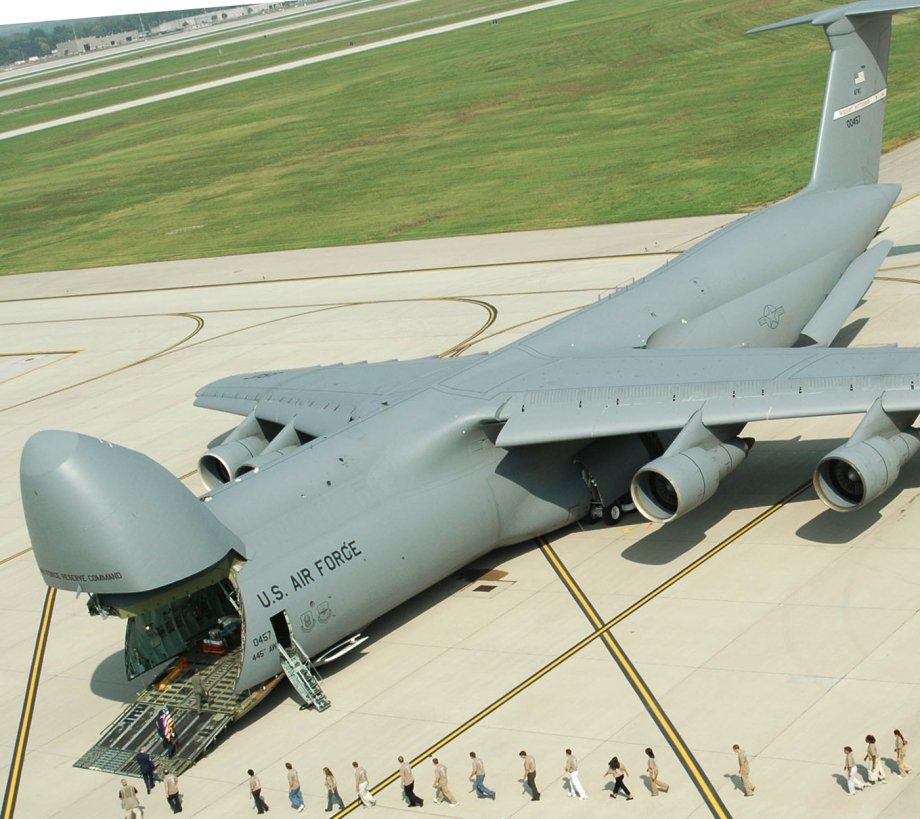
The development of Lockheed C 5 Galaxy was riddled with many complications with the first one being the financial woes for its cost overrun. Shortly after the first fleet of this aircraft was created, my of the aircraft’s wings were found to have cracks in them which further delayed the time it entered in service.
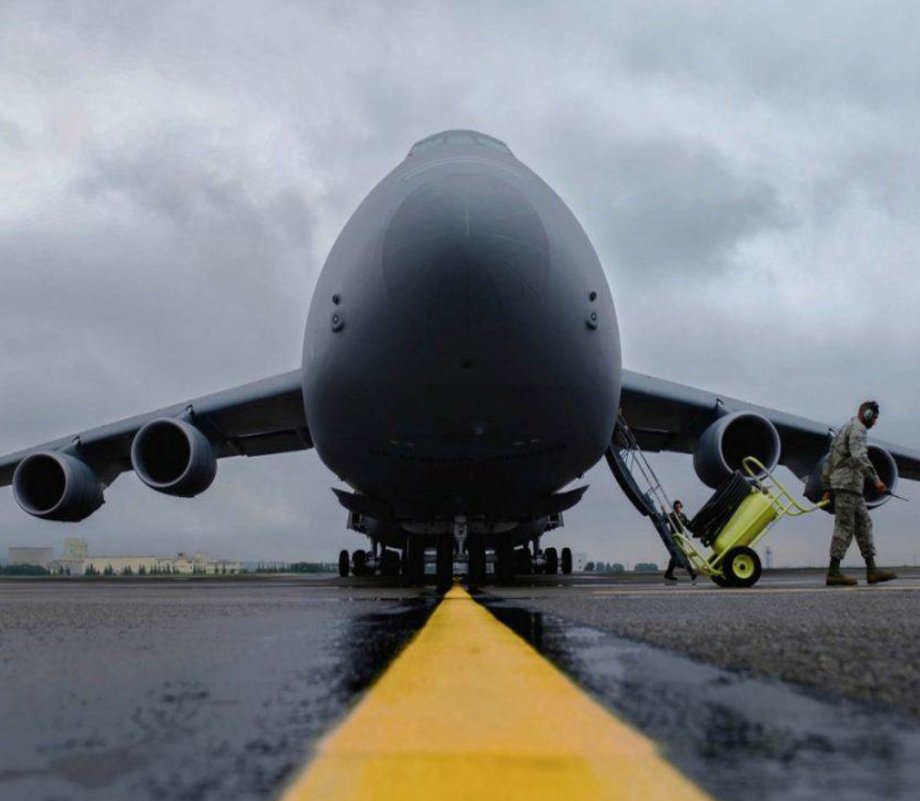
Nowadays the most upgraded version of the Lockheed C-5 Galaxy is being used under the name C-5M Super Galaxy which with its upgrades like new engines and modernized avionics is designed to serve the USAF until 2040.

The Lockheed C 5 Galaxy has been in use of USAF since 1969 and during that time, the aircraft served for the US military as a cargo lifter in the following conflicts around the globe.
- Vietnam
- Iraq
- Yugoslavia
- Afghanistan
- Gulf War
- Yom Kippur War

The Lockheed C-5 Galaxy has also been used for the distribution of the humanitarian aids during disasters and relief missions as well as has also supported the US Space Shuttle program.
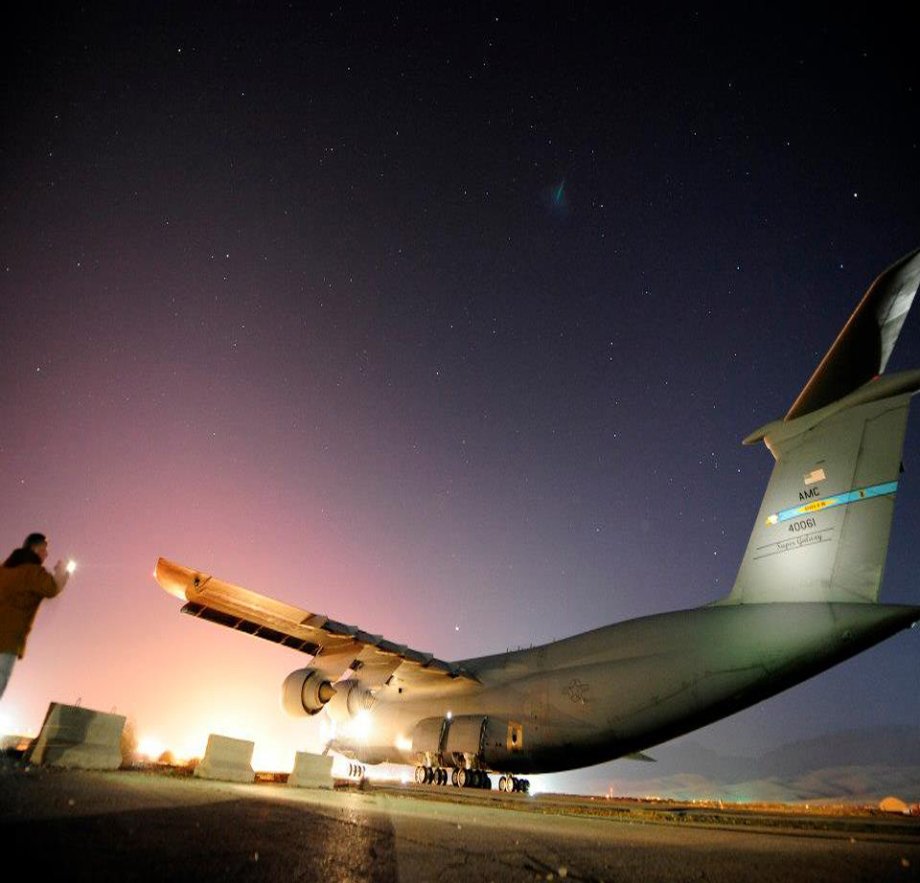
For our readers today, we have gathered a bunch of amazing facts about the Lockheed C 5 Galaxy which are as follows.
Dimensions:-

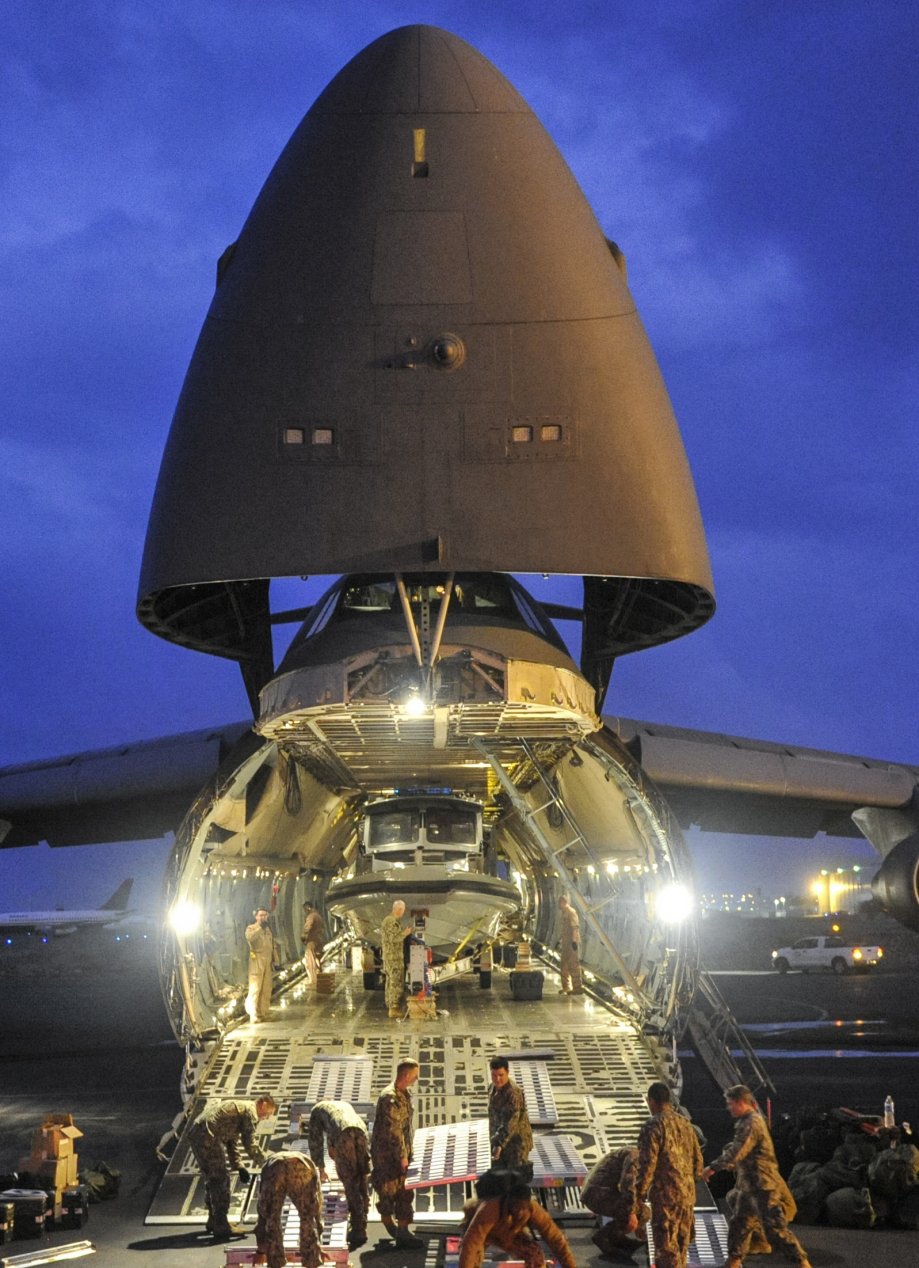
The aircraft with its following dimensions is the largest transport aircraft currently serving under United States Air Force.
- Width; 222 feet
- Length 300 feet
- Height; 65 feet
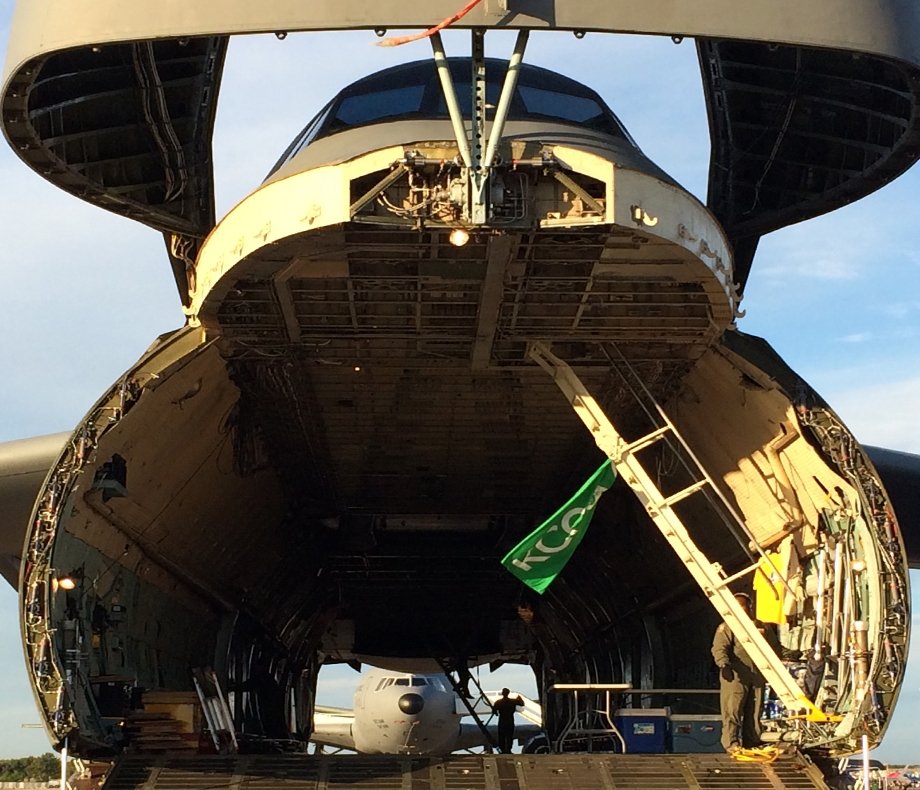
The cargo hull of the Lockheed C-5 Galaxy is 121 feet long with 19 feet width. With these dimensions, the Lockheed C 5 Galaxy is like a warehouse that can carry a ready to combat military unit or is capable to supply the necessary amount of supplies wherever in the world needed.
Nickname:-

The nickname that has been given to the Lockheed C 5 Galaxy is FRED which stands for “F**king Ridiculous Economic Disaster”. Do you know why this name has been given to it? The reason is that whenever it will crash it would cause a FRED.
Serving for more than a century:-
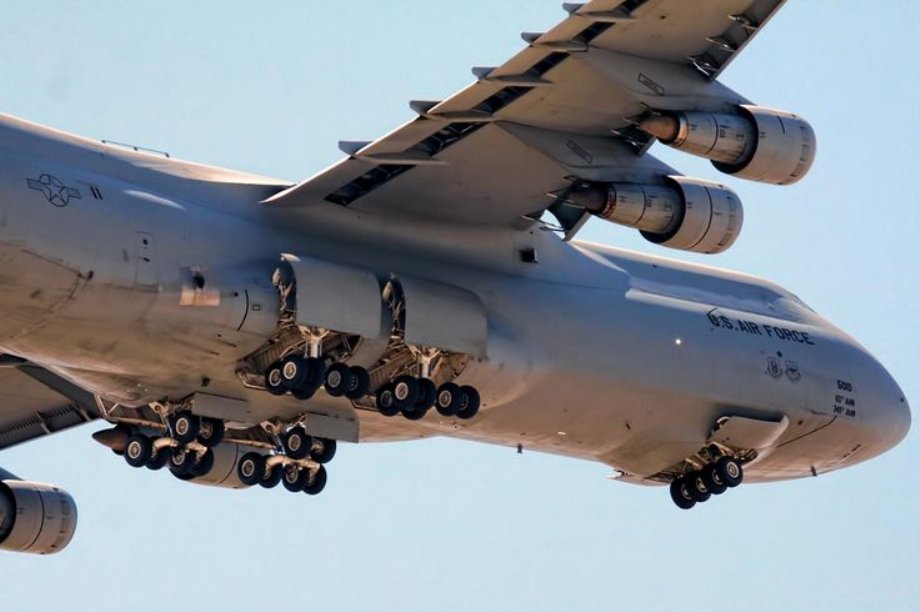
The Lockheed C 5 Galaxy first entered in the USAF’s service back in 1968 and since then it has been serving in all kinds of support and cargo missions. It has nearly been half a century since the aircraft entered in service. Now there is another upgraded version named as C-5 Super Galaxy that is equipped with better engines and avionics that is estimated to serve the USAF until 2040.
Amazing military fact:-
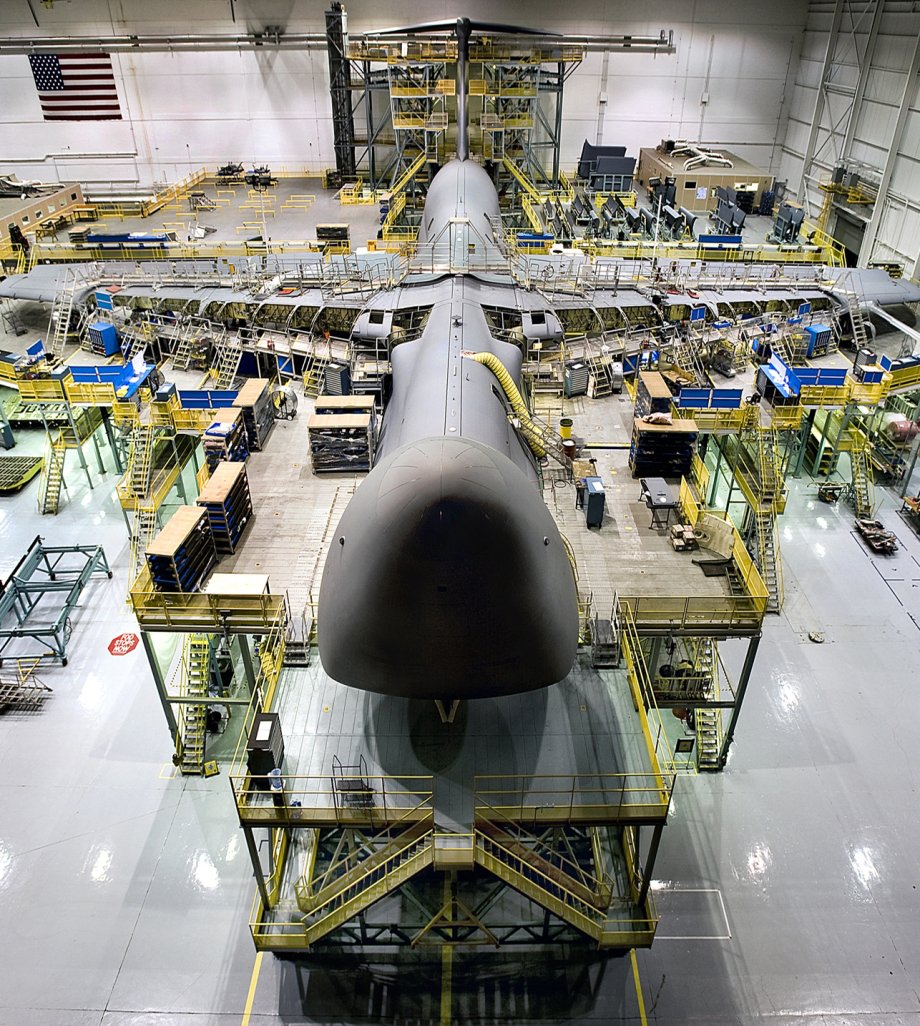
It might be a real surprise for you guys. When the Wright Brothers made their very first historic flight of the world, the distance their aircraft covered was even shorter than the cargo floor of the Lockheed C-5 Galaxy.
Fuel tank capacity:-

The Lockheed C-5 Galaxy fuel tank has the capacity to store in 49 thousand gallons of fuel at a time. To put this in perspective, it is like getting filled up by 6.5 railroads of tanker cars.
Limited C-5 Galaxies serving:-
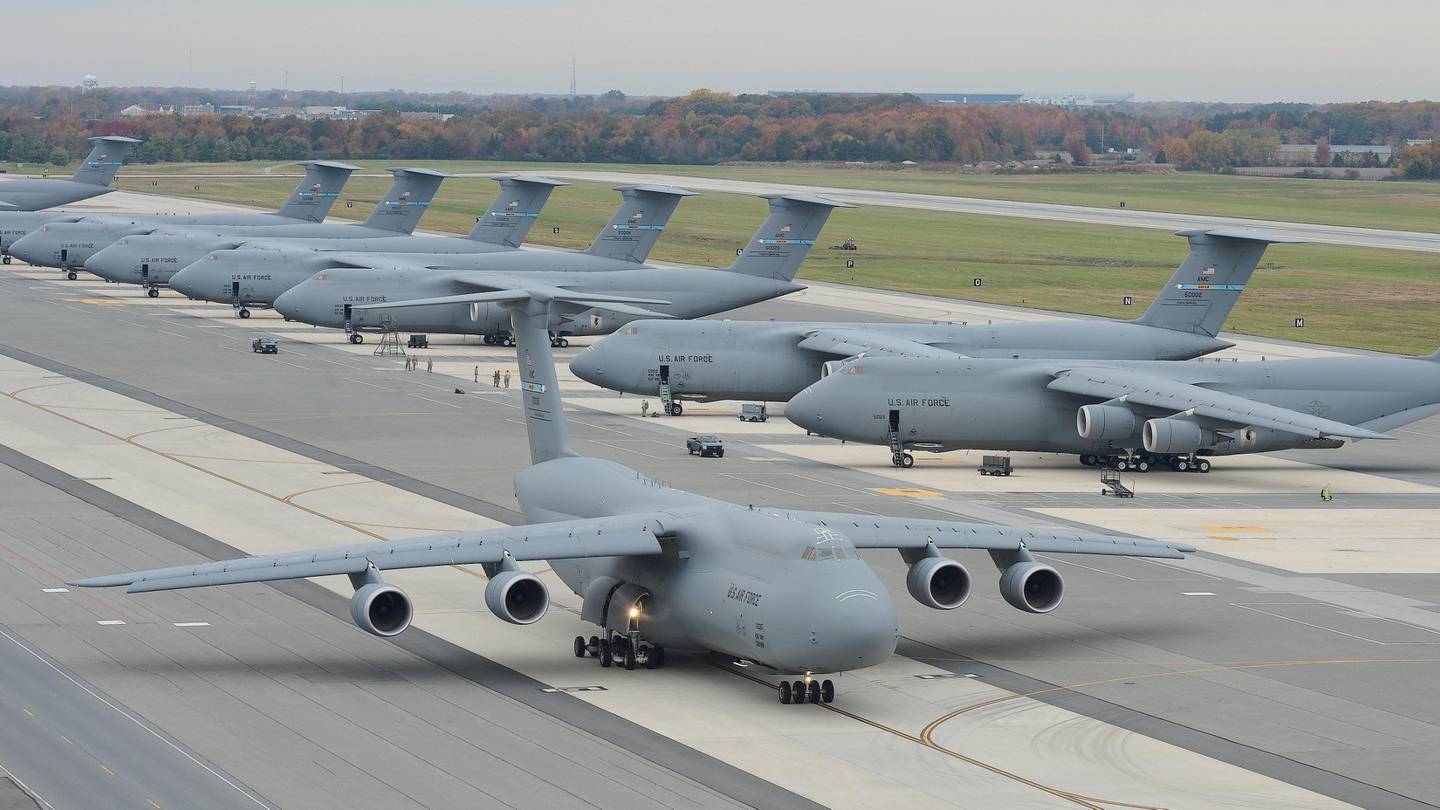
Although the aircraft has been serving for the USAF since 1968, there are a limited number of Lockheed C-5 Galaxies that are currently serving in the Air Force.
According to reports of USAF of 2016, there are currently only 58 of the C-5B/C/Ms and 28 of the C-5As are serving. According to the very same report, the USAF is actually planning to reduce this felt by three in the coming few years.
The reason for this cut back in the fleet is because the maintenance and the repairs of the aircraft are problematic due to its extreme size. One other main problem that has been reported is that finding the parts of the Lockheed C-5 Galaxy or even performing the maintenance of the aircraft is a hassle in its own sense which has delayed it in service many times.
Versatility:-



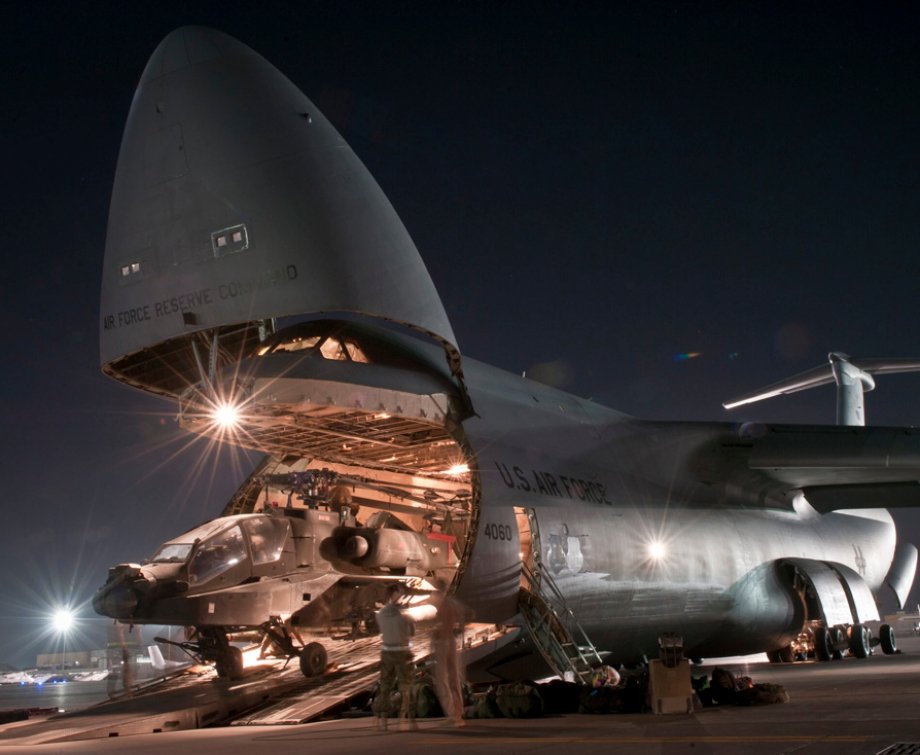
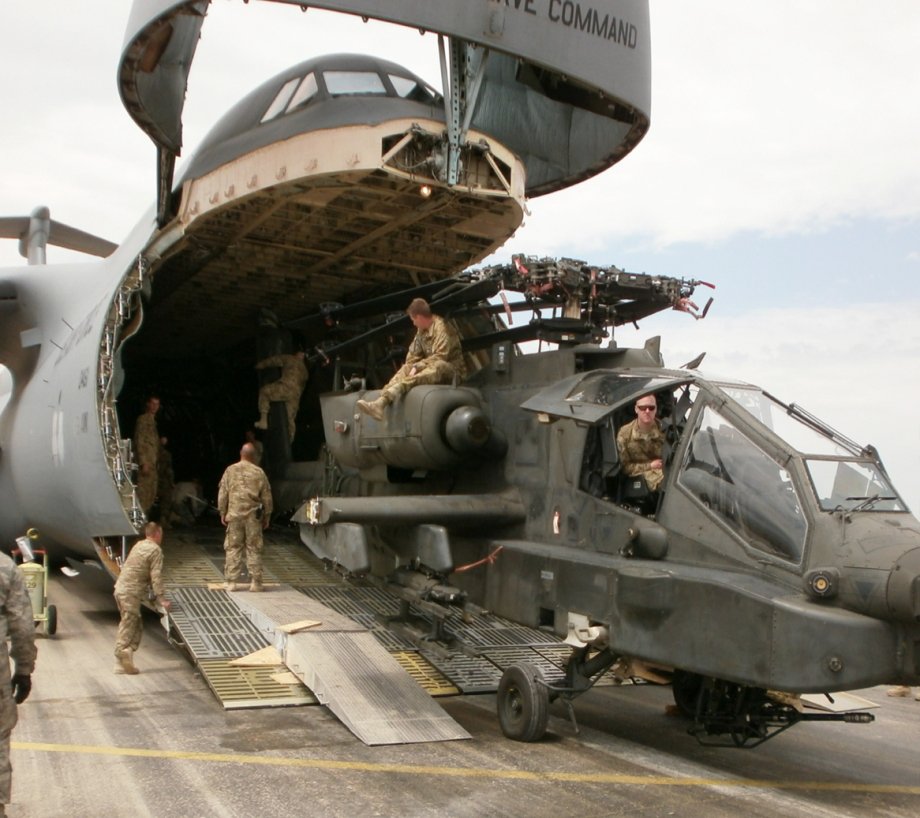
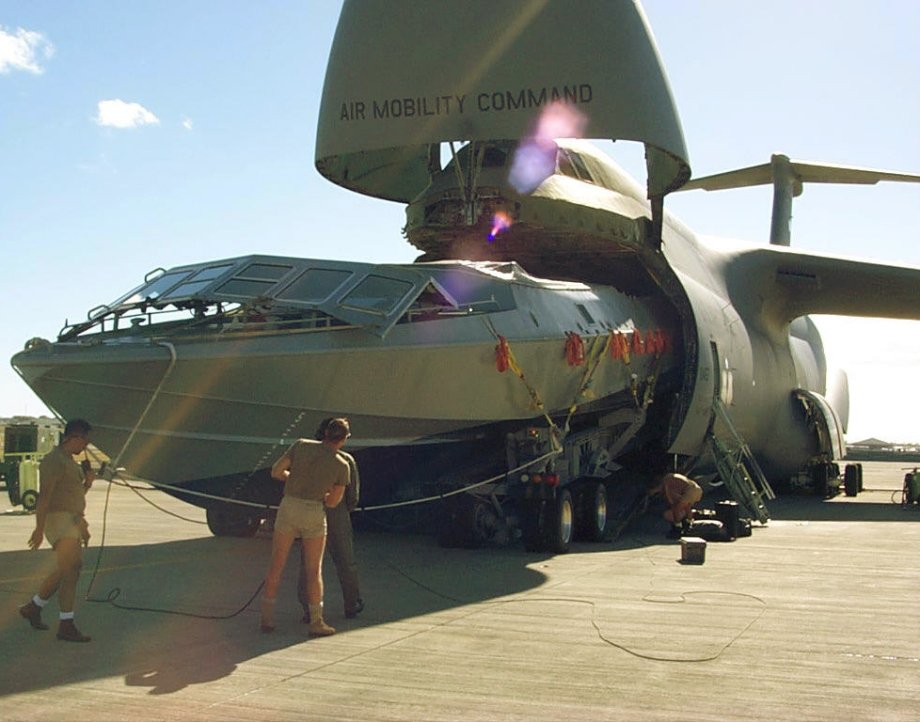
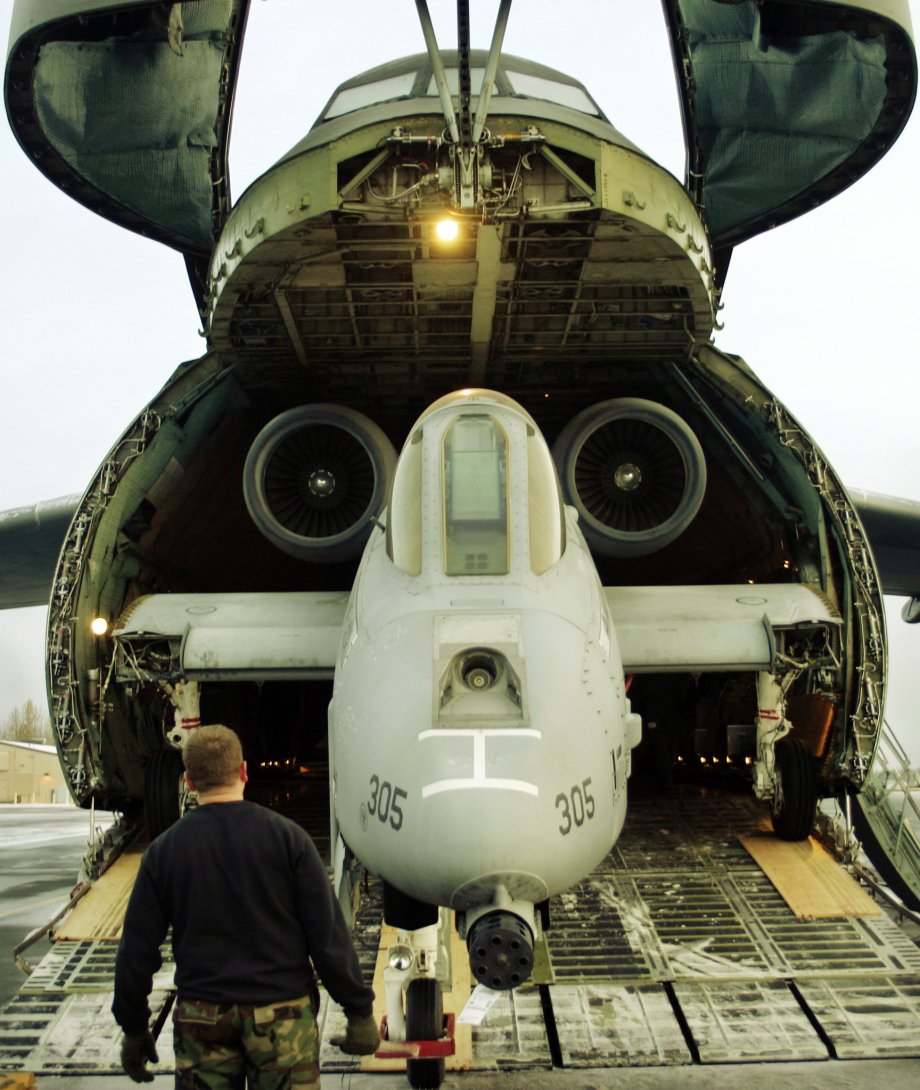

The Lockheed C-5 Galaxy is mainly used by the USAF as a transport aircraft and with its humongous size, it has transported everything from tanks to ICBMs (Intercontinental Ballistic Missiles).
Back in 1974, the USAF airlifted n ICBM and dropped it in the Pacific Ocean. The ICBM fell into the ocean in a free fall and then the rockets kicked in to ascend to altitude. The test was conducted to see if it was possible to fire an ICBM out of the back of an aircraft. The test was positive but it never got into practice because of the many dangers involved with it.
Weight:-
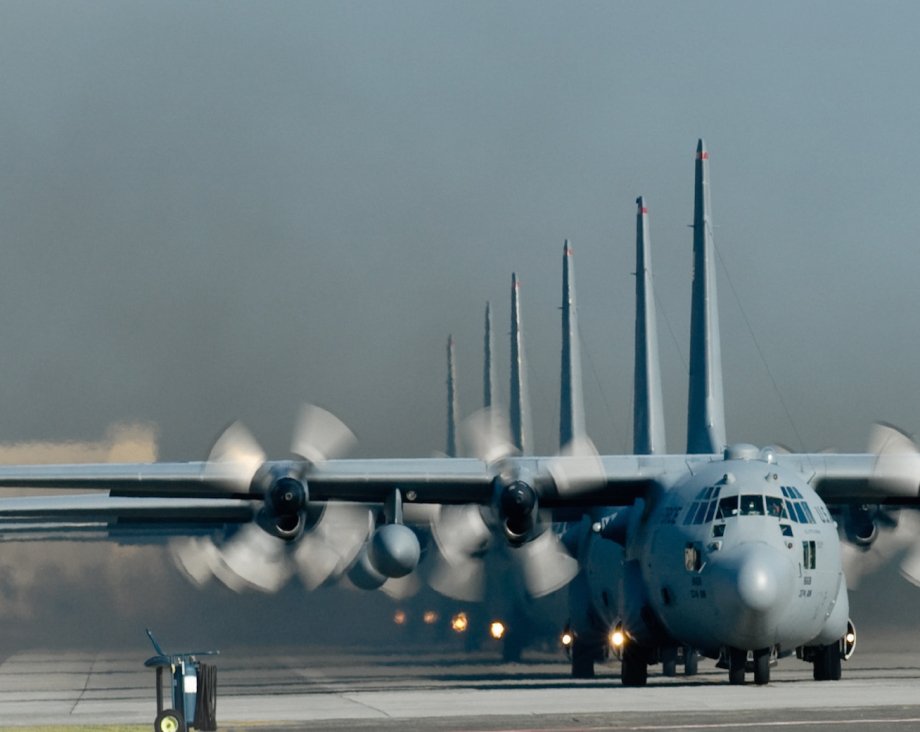

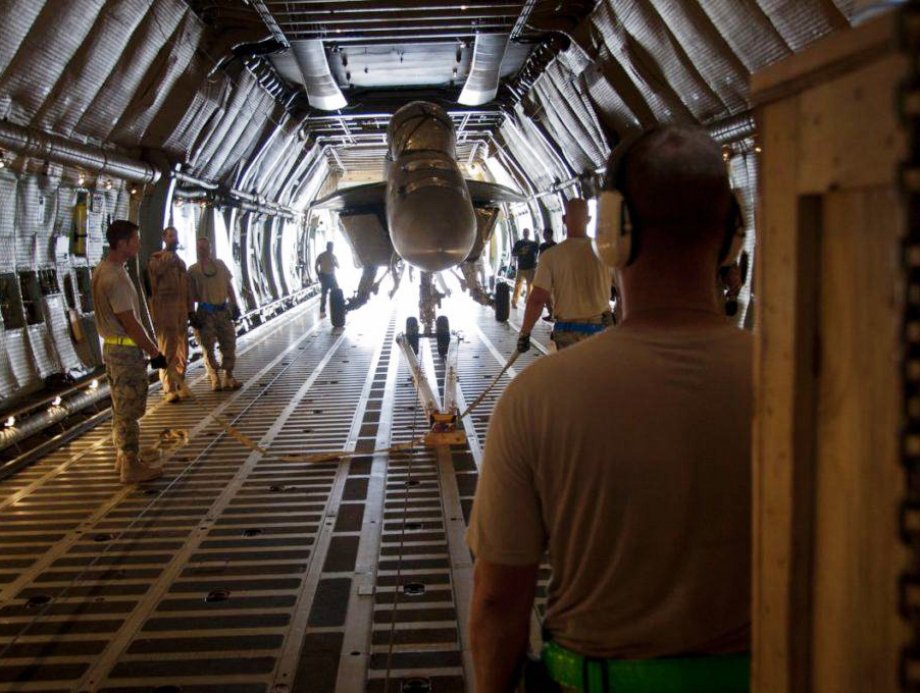
The weight of the aircraft without its engines is calculated to be about well above 80000 lbs. with engines, this weight is well over 85000 lbs. The 80000 lbs mean that a full-fledged C-130 Hercules can be fitted inside the cargo area of the Lockheed C 5 Galaxy.
Served In conflicts:-
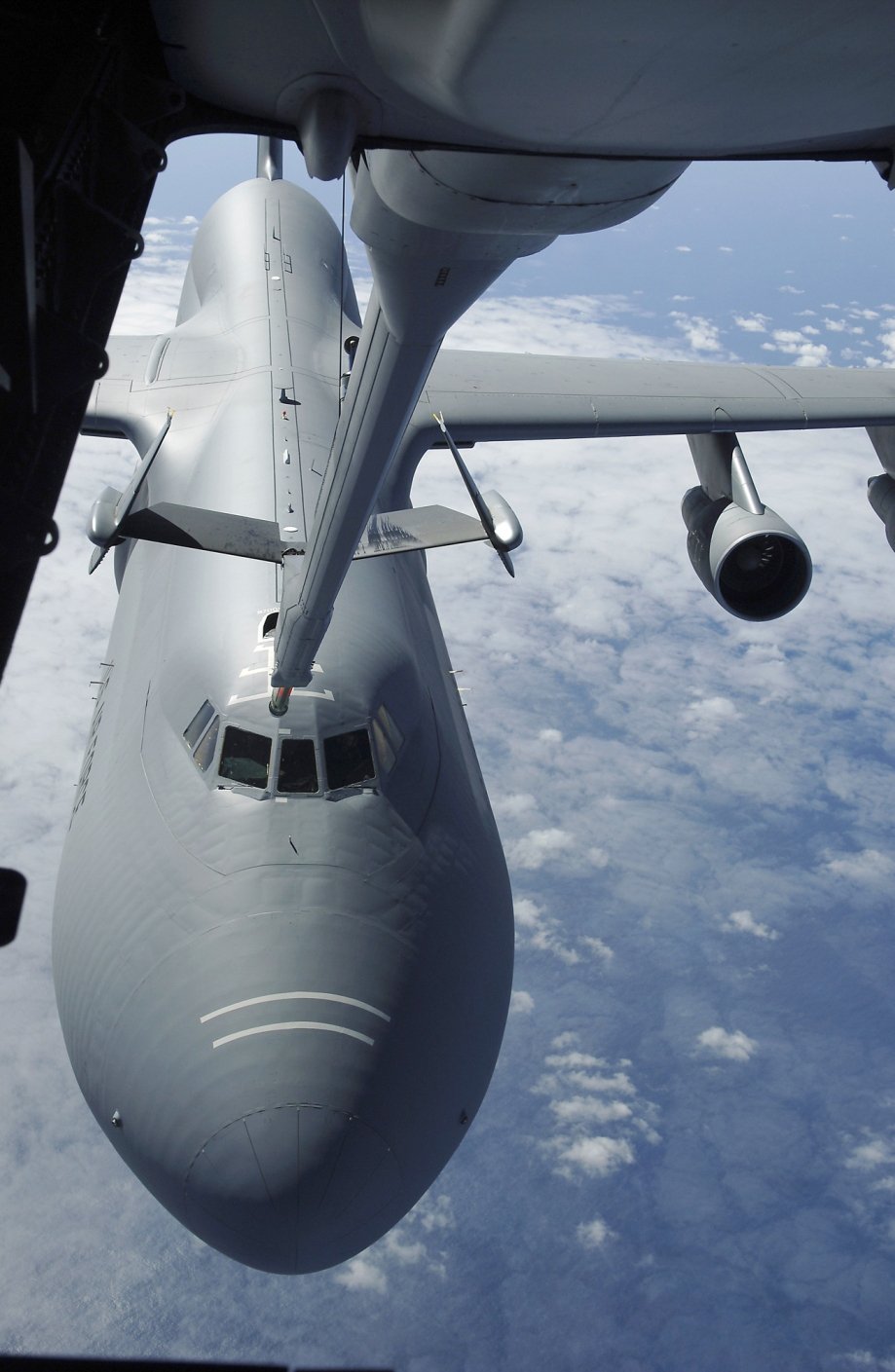
The aircraft which has been in service for nearly half a century has served the role of an airlifter for the US military during all of their following major conflicts across the globe.
- Vietnam
- Iraq
- Yugoslavia
- Afghanistan
- Gulf War
Details of the C-5 Galaxy upgrade programme
known as Reliability Enhancement and Re-engining Programme (RERP), were announced by Lockheed Martin this week.
The enhancements will boost its capability up to that of a C-5M Super Galaxy, such as structural strengthening and re-engining with more efficient CF6-80C2 engines.
Currently, the US Air Force’s fleet of around 52 C-5s are used to transport troops, weapons and other supplies around the world.
The relocation of some C-5 aircraft to support operations of the Iraq and Afghanistan wars, plus age related problems with its airframe and other issues such as brake wear that require more frequent maintenance have increased the need for an upgrade.
Previous structural reinforcement had already stretched the C-5’s service life until 2040, but it is still expected to begin the RERP process around 2013.
The programme aims for a cost savings of $2bn, and will be carried out at Lockheed Martin’s Marietta facility in Georgia, USA.
RERP is scheduled to complete by 2015, with the first C-5 B/C models upgraded by 2016, followed by the C-5 A/C model Galaxy’s in 2017, and finally the C-5 M Super Galaxies.
The RERP upgrade will include improved hydraulics for part of the landing gear doors, improved nacelles with better engine support structures to take on more weight or larger engines, plus better electrical wiring and cooling systems.
In addition, there will be a new glass cockpit with digital displays and updated communications. This will also give the C-5 a head-up display (HUD) for the pilots.
The cargo floor will also receive a refresh to accommodate the larger items that the aircraft is expected to carry.
Previous enhancements to the C-5 Galaxy included more powerful engines (C-5M Super Galaxy) after Lockheed Martin began work on improving its airlift capacity in 2001. The company fitted the aircraft with newer, more efficient CF6-80C2 engines which enabled it to carry even more cargo by increasing thrust and fuel efficiency.
At the time, Lockheed Martin stated the C-5M could carry 30% more cargo over the same distance.
The first C-5 aircraft modified with this new engine entered service with the US Air Force in August 2006. That same year, Lockheed Martin also received a $30m contract to upgrade another group of around 20 C-5 aircraft with the new engine, along with structural reinforcements.
The C-5M provides a 27% increase in thrust to accommodate heavy cargo, while its fuel efficiency is significantly increased – leading to more flights carrying higher payloads.
Engine and performance of C-5M Super Galaxy
The C-5M Super Galaxy is equipped with four General Electric TF39-GE-1C turbofan engines, each providing a thrust of 11,390 kgf (24,250 lb) dry and 18,000 kgf (40,770 lb) in afterburner. The engine has an air inlet particle separator, which is designed to spin the entering air at high speed to separate sand, dust, and other particles that could damage the engine.
The C-5M can carry up to 683,000 pounds (309.2 metric tons) of cargo inside its spacious fuselage with a full load width of 22 feet (6.7 m), length of 247 feet 9 inches (75.3 m) and height of 18 feet 1 inch (5.5 m). The interior volume is so vast that one C-5A can hold the entire passenger compliment of a Boeing 747 jumbo jetliner with room too spare for baggage.
Noteworthy facts about a C-5 Galaxy
A C-5 Galaxy set a world record when it airlifted 994,000 pounds of cargo over 466 miles during Operation Bright Star ’85 at Cairo West Air Base, Egypt on September 18th 1985. Its cargo included two U.S. Army M1A1 main battle tanks, which weighed approximately 65,000 pounds each.
Conclusion:-
C-5 Galaxy is one of the biggest and most versatile airlifters ever created and if we consider its ability to transport anything from a ICBM to an F-15 Strike Eagle, it has been serving the world military much more than expected.
Without a doubt, the Lockheed C-5 Galaxy is amongst the very few largest aircraft in the world and by far the largest one serving in the US Air Force. With its brilliant record of serving nearly for half a century, the aircraft is still not done with its time in USAF and with its models being upgraded they will continue to serve until 2040. So for now, the skies of USA are under the dominance of the Lockheed C-5 super Galaxy.
FAQs
How many C-5 galaxies are there?
According to a report of USAF in 2016, there are currently 58 C-5B/Cs and 28 C-5As.
What is the weight capacity of the C-5 Galaxy?
The weight capacity of the aircraft is calculated as being about 85000 lbs with engines and without these engines it is around 80000 lbs.
What Altitude has the C-5 Galaxy been able to fly at?
The Lockheed C-5 Galaxy is capable of flying 27000 meters or 88000 ft. in altitude.
How much does a C-5 Galaxy cost?
A brand new C-5 Galaxy comes for a price of $250 million dollars which is quite high.
What is the cargo area of a C-5 Galaxy?
The cargo area of the Lockheed C-5 Galaxy is 487 feet long by 13 feet wide and 19 feet tall. This can be increased to 738 ft. by removing some of its walls. The volume inside the aircraft varies from 1,845,000 ft. to 2,450,000 ft.
Which countries are currently operating the C-5 Galaxy?
As of July 2016, there are 18 countries that are operating the Lockheed C-5 Galaxy at the moment these are Algeria, Australia, Belgium, Canada, Egypt, Germany, Greece, Israel , Qatar United Arab Emirates and USAF.
What is the range of the C-5 Galaxy?
The wingtip to wingtip length of the aircraft is 247 ft. while its overall length is 222 ft which makes it have a maximum takeoff weight of 837000 lbs. this weighs up to 170 short tons and can be loaded by various means such as an aerial crane or forklift. With speed reaching up to 400 miles per hour, the aircraft has a range of more than 5400 miles with one refueling or 11000 miles with two refuels.
But there is only one C-5 Galaxy?!
There are 7 C-5A/c variants and 5 additional C-5M Super Galaxys. There are 18 countries operating the aircraft at the moment and 5 countries have retired their C-5 Galaxies at a moment.
Also, there is a model of upgraded C-5 Galaxy known as the C-5M Super Galaxy which achieves increased range and lower operation costs with just $50 million dollars to be spent on each unit. A total of 52 out of 77 C-5M Super Galaxy units have been upgraded by Lockheed which will be active until 2040.
What is the maximum cargo weight that can be airlifted inside a C-5 Galaxy?
A C-5 Galaxy has a volumetric capacity ranging from 1,845,000 ft to 2,450,000 ft. This means that one can transport any sort of cargo as long as it fits inside these dimensions.
What is the maximum speed of the C-5 Galaxy?
The Lockheed C-5 Galaxy has a maximum cruise speed ranging from Mach 0.8 to Mach 0.92 which translates to roughly 560 miles per hour.
What is the maximum flying range of the C-5 Galaxy?
A C-5 Galaxy has a maximum flying range of more than 5400 miles with one refueling or 11000 miles with two refuels. It depends on its configuration and weight during takeoff.
Is there any accident which involved C-5 Galaxy?
There are two accidents which involved Lockheed C-5 Galaxy during the past 5 years. The first accident occurred when a Super Galaxy was hit by gunfire during its landing in an international airport in Afghanistan back in 2013.
What is the Passenger capacity of Lockheed C-5 Galaxy?
The passenger capacity of the Lockheed C-5 Galaxy is limited to 92 fully loaded passengers which is a pretty low number.
What are some benefits of having a C-5 Galaxy?
A C-5 Galaxy has a maximum cargo weight that can be airlifted inside it is 837000 lbs. A C-5 Galaxy has a volumetric capacity ranging from 1,845,000 ft to 2,450,000 ft. This means that one can transport any sort of cargo as long as it fits inside these dimensions.
What is the maximum internal cargo weight Lockheed C-5 Galaxy can lift?
The maximum internal cargo weight that a C-5 Galaxy can lift is limited to 80 tons.
Has a Lockheed C-5 Galaxy been shot down?
There are two accidents which involved Lockheed C-5 Galaxy during the past 5 years. The first accident occurred when a Super Galaxy was hit by gunfire during its landing in an international airport in Afghanistan back in 2013. The second accident occurred when a C-5 Galaxy was shot down during its landing in Iraq back in 1991.
How many total units are there of Lockheed C-5 Galaxy?
There are 18 countries operating the aircraft at the moment and 5 countries have retired their C-5 Galaxies at a moment. There is also a model of upgraded C-5 Galaxy known as the C-5M Super Galaxy which achieves increased range and lower operation costs with just $50 million dollars to be spent on each unit. A total of 52 out of 77 C-5M Super Galaxy units have been upgraded by Lockheed which will be active until 2040.
What is the first flight of Lockheed C-5 Galaxy?
The first flight of the C-5 Galaxy was on 30th August 1968.
What is the maximum number of passengers that can sit inside Lockheed C-5 Galaxy?
The maximum number of passengers that can sit inside a C-5 Galaxy is 92.
How much does the Lockheed C-5 Galaxy cost?
A brand new capacity of the newest model of Lockheed C-5 Galaxy costs $300 million dollars to be spent on each unit.
How much did it cost to develop Lockheed C-5 Galaxy?
The total development cost of the Lockheed C-5 Galaxy was $6.9 billion dollars.
This price was spent on the development of 77 units.
What is the maximum speed of Lockheed C-5 Galaxy in knots?
The maximum speed of a Lockheed C-5 Galaxy is approx 614 mph or 351 knots.
Tags: cargo compartment, air force, flight deck, safety equipment, air mobility command museum, c 5m super galaxy, landing gear, flight engineers, space cargo modified, cargo bay, dover air force base, two flight engineers, fuel capacity, predictive flight performance cues,
nose landing gear, aerial refueling, rocket engine fired, military airlift command, navigation and safety equipment, engineering and security difficulties, aircraft commander, significantly more cargo, avionics modernization program, upper deck, average five room house, resistant ambush protected vehicles, ground fire, personnel unload cargo, reliability enhancement,
cargo farther distances, average american car, landing gears, significant financial difficulties, south carolina, full payload capability, crash landing, low rate initial production, new autopilot system, eight lane bowling alley, missile descended, troop compartment, c 5a, service seiling, civilian airport, situational awareness displays, empty weight, control cables, desert storm, strengthened wings, negotiating point, aggressive program, air condition, enough fuel, flat panel displays
Related Content
Share this content:
